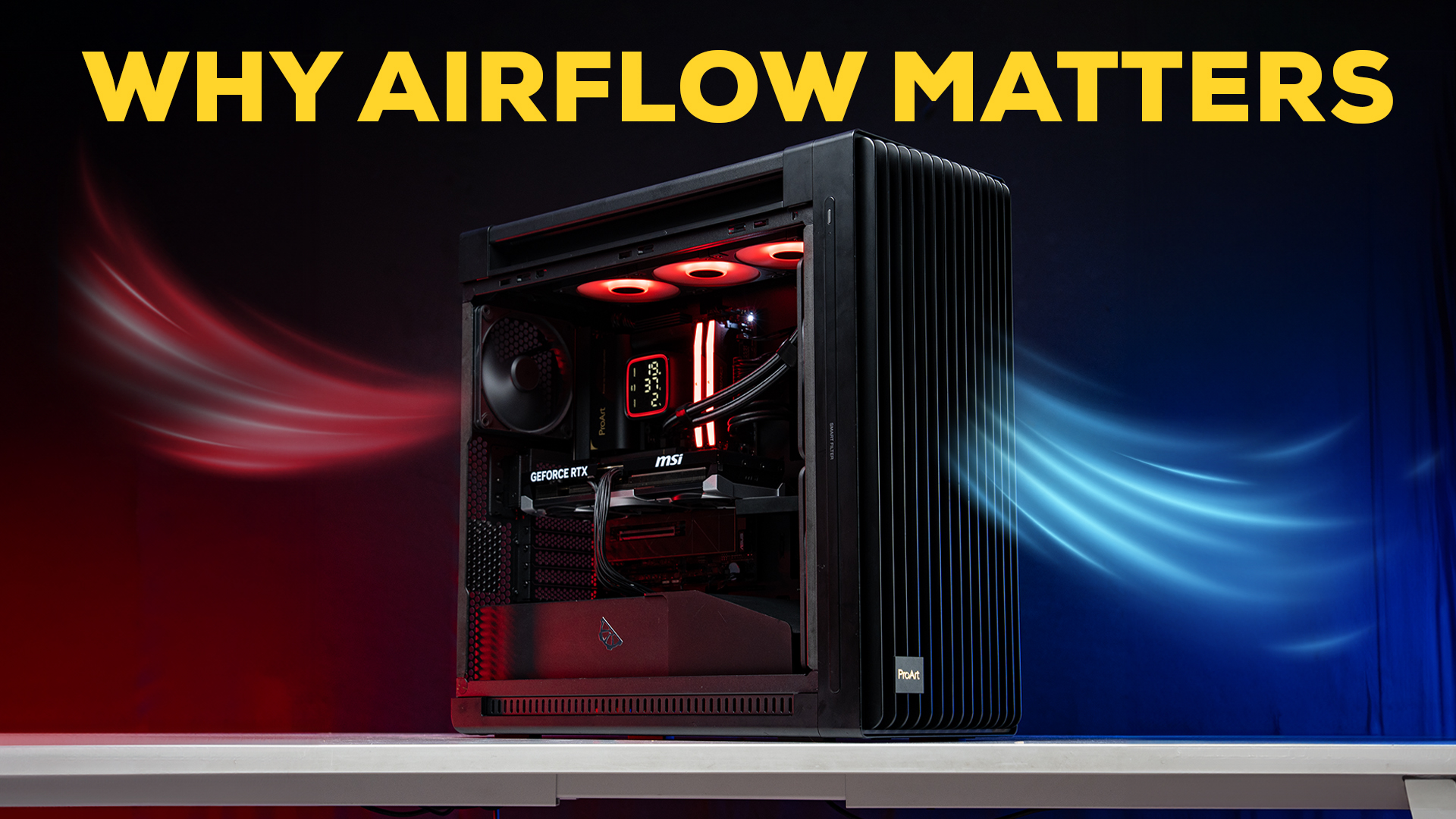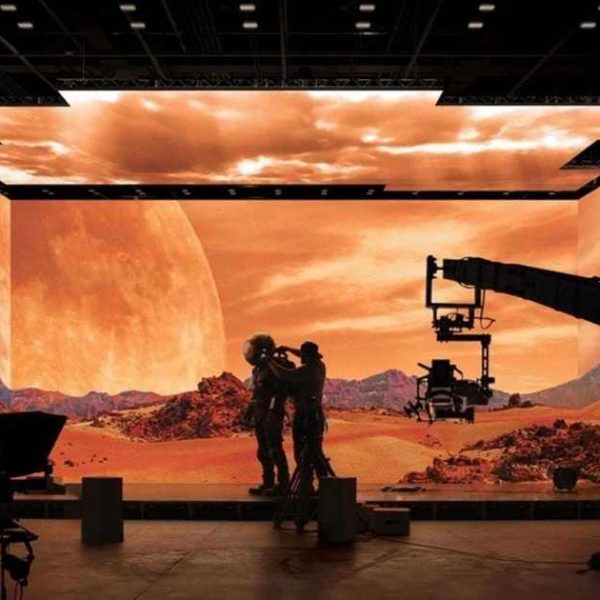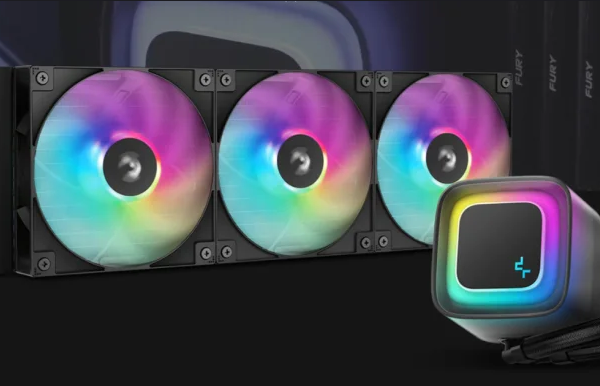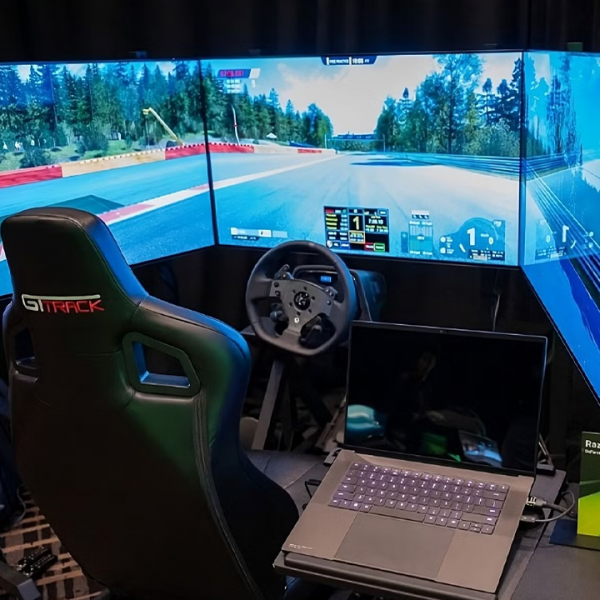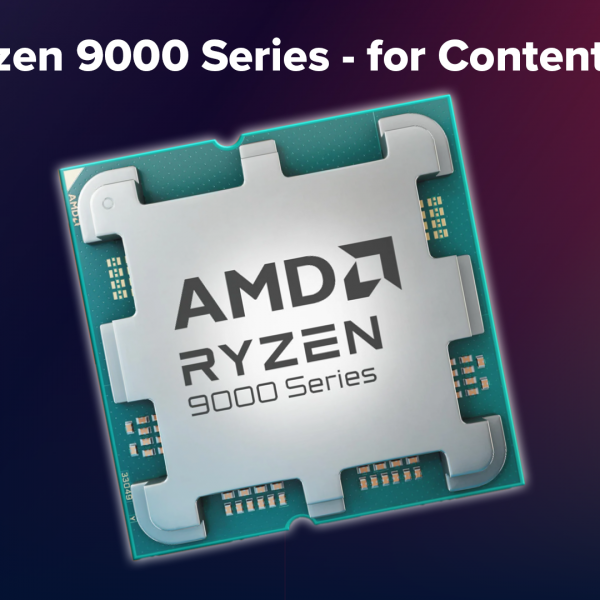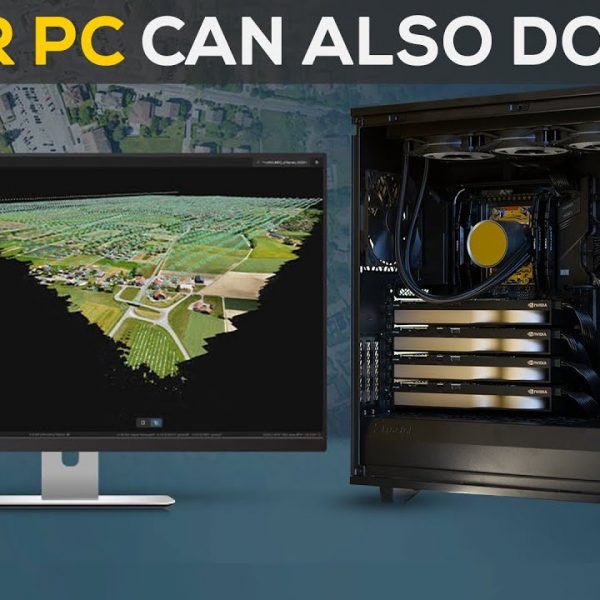When organisations invest in high-performance workstations—whether for AI model training, video editing, or 3D rendering—most of the conversation centres on CPUs, GPUs, and memory. But there’s another factor, often overlooked, that determines whether those components perform at their best: airflow.
More Than Just Fans
Airflow is all about how effectively cool air moves in, warm air moves out, and components stay within safe operating ranges. A workstation that cannot breathe will eventually choke, no matter how powerful the hardware inside it is.

Performance Under Pressure
Modern processors are built with self-preservation in mind. When temperatures climb, they throttle back. This protects the silicon, but it also means slower training times, longer render queues, and stalled productivity. An AI workload that should run through the night might slow to a crawl because the GPUs are consistently running at 90°C. Video editors may find that export times vary wildly between machines simply because one case handles airflow better than another.
The Cost of Heat Over Time
Thermal throttling hurts productivity in the short term, but heat takes another toll: lifespan. Electronic components degrade faster at higher temperatures. Capacitors, voltage regulators, and even SSDs wear out more quickly when they’re running hot day after day. For businesses investing in fleets of workstations, poor airflow doesn’t just mean slower results—it means shorter hardware life cycles and more frequent replacements.

Designing for the Workload
Good airflow isn’t complicated, but it does require planning. Cases with mesh fronts, unobstructed intake paths, and well-placed exhaust fans consistently deliver lower temperatures than enclosed designs. Strategic fan placement can shave 5–10°C off GPU temperatures, enough to keep performance stable under full load. For IT administrators overseeing AI training clusters or editing suites, those few degrees make the difference between predictable throughput and unpredictable bottlenecks.

Where We Come In
At The MVP, airflow is part of the build process. Every workstation is tested under sustained load, and cooling is tuned so that thermal limits never become the bottleneck. When Prasad Studios deployed 160 workstations for 4K and 8K film restoration, airflow design was as critical as compute power. Those machines had to run flat-out for hours without skipping a beat, and they did—because the infrastructure was built to breathe.
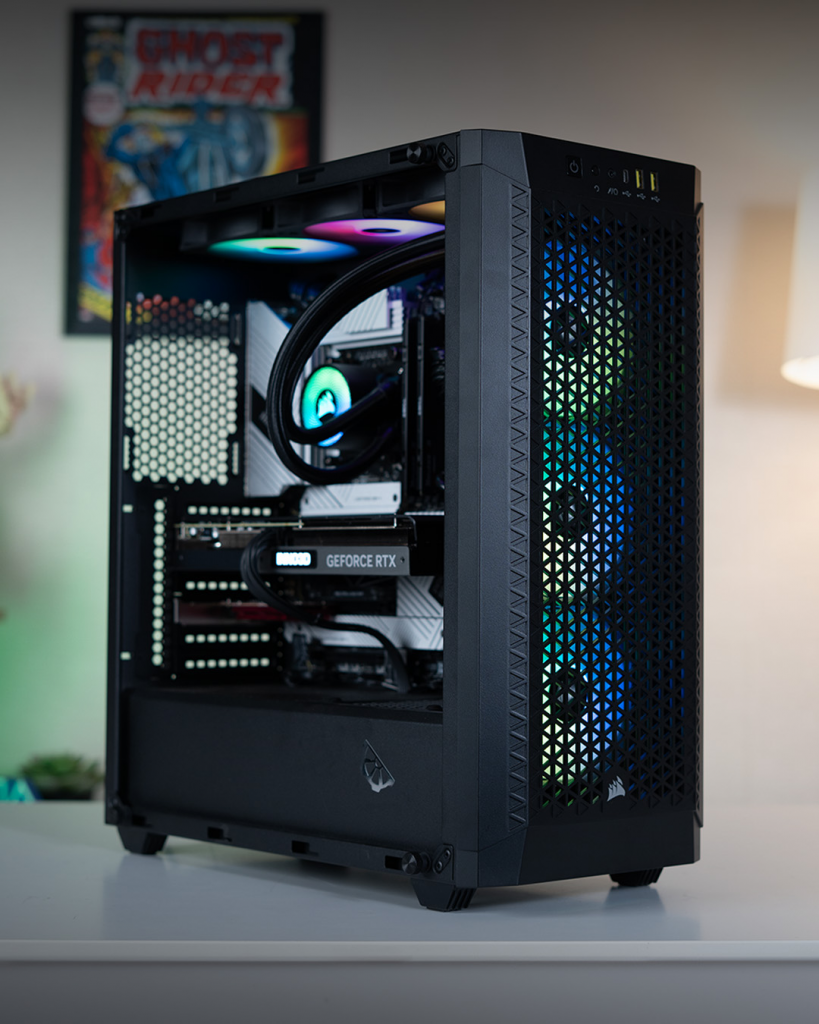
Final Word
Workstation performance is about whether your investment can deliver that performance hour after hour, day after day. Airflow makes that possible. Ignore it, and you pay twice: once in lost productivity, and again in shortened hardware life.

